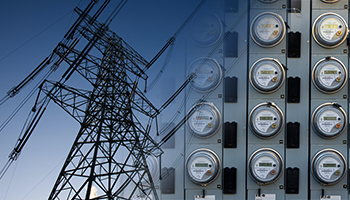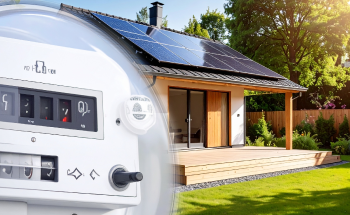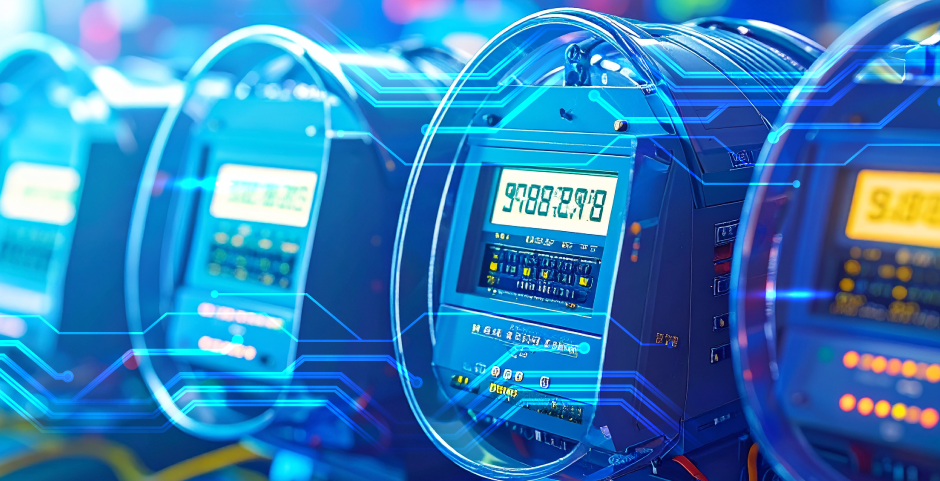Challenges and Limitations of DLMS/COSEM
Shwetha Bhat April 8, 2025

Shwetha Bhat April 8, 2025

DLMS/COSEM (Device Language Message Specification / Companion Specification for Energy Metering) is widely accepted as the most prominent protocol for smart metering. It provides standardized communication between energy management systems and meters, with a guarantee of interoperability and efficiency. Nevertheless, even with its benefits, the use of DLMS/COSEM has various challenges and limitations.
The broad DLMS/COSEM specifications complicate implementation and maintenance. The protocol contains several layers, security features, and data models, necessitating expert knowledge. This is a major obstacle, particularly for smaller energy providers who do not have the requisite resources or technical knowledge. Moreover, compliance with the standard necessitates thorough testing and verification, increasing deployment time and cost.
The DLMS/COSEM performance relies greatly on the communication medium used. Although it accommodates different methods of transmission such as PLC (Power Line Communication), RF (Radio Frequency), and cellular networks, each has its own weaknesses. PLC, for example, tends to experience restricted bandwidth, noise interference, and fluctuating signal quality. This may contribute to data transmission delays, preventing real-time control of the grid and other sophisticated applications.
Even though DLMS/COSEM is a worldwide accepted standard, various manufacturers might read and apply the specifications slightly differently. This will result in some level of non- compatibility between smart meters, head-end systems, and other elements within a smart grid. Seamless interoperability demands exhaustive testing and certification, which are costly and time-consuming.
As smart meters become increasingly interconnected, they also become increasingly susceptible to cyber-attacks. DLMS/COSEM has encryption and authentication measures built in, but changing cybersecurity threats make updates and enhancement a constant need. Invasive access, data leaks, and tampering with the meter continue to be issues. Adding robust security without impacting system efficiency is a continued issue.
The energy industry is transforming at a very fast pace with growing incorporation of renewable sources, decentralized grids, and digitalization. DLMS/COSEM protocols have to keep updating themselves to include new technologies, like IoT-based devices, demand response schemes, and dynamic pricing systems. Maintaining the protocol in sync while being backward compatible with installed infrastructure is a challenging task.
In spite of all these difficulties, DLMS/COSEM is still the eminent smart metering protocol. The efforts of continued refinement and advancing technologies are helping overcome these shortfalls and advance its capabilities.

July 25, 2025
The world energy scene is being revolutionized by the fast-paced increase of decentralized renewable energy sources like rooftop solar, wind microturbines, and energy storage in batteries. batteries. The driving force…
Know More
July 25, 2025
Smart metering has evolved significantly over the last two decades as it became a building block of modern energy management solutions. At the core of the evolution is the DLMS/COSEM…
Know More
July 25, 2025
As the energy sector undergoes rapid digital transformation, smart metering has emerged as a foundational technology in modern utility networks. By enabling real-time monitoring, automated billing, and remote disconnection, smart…
Know More